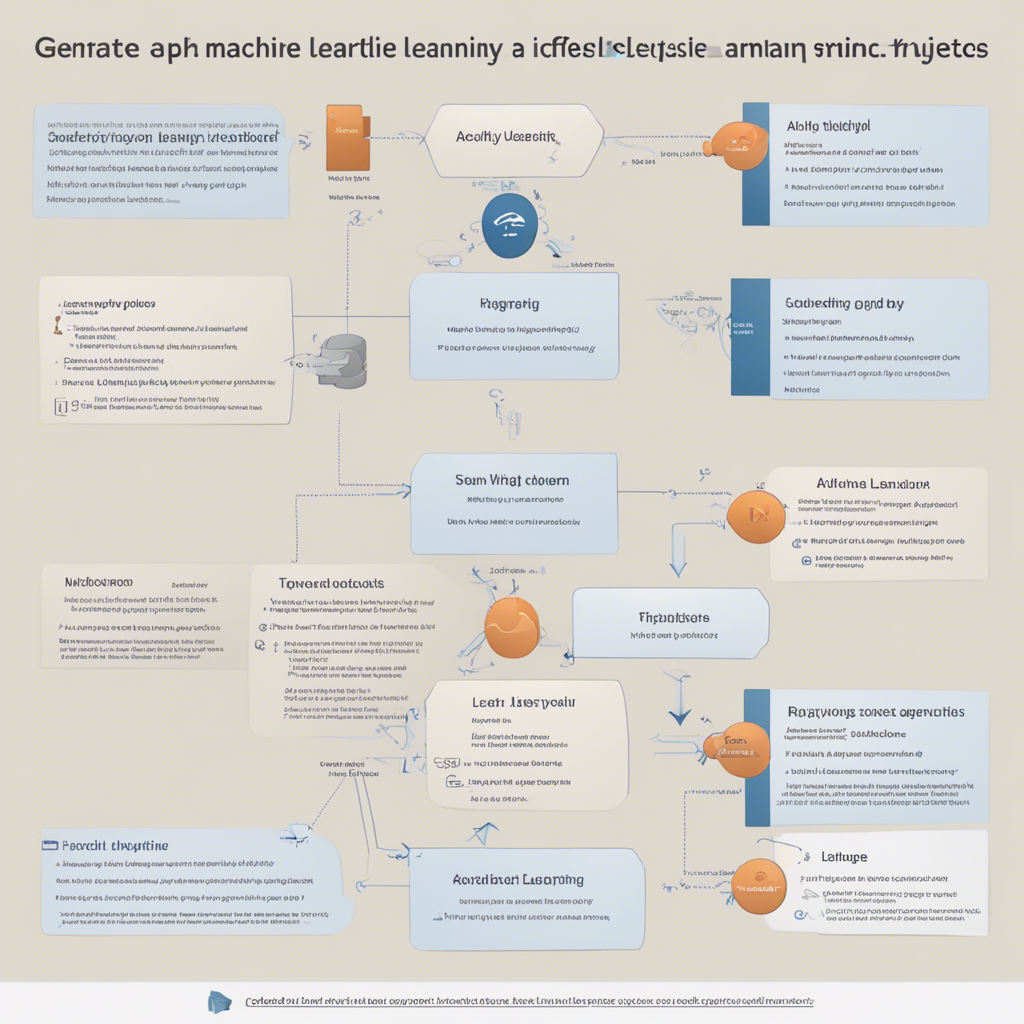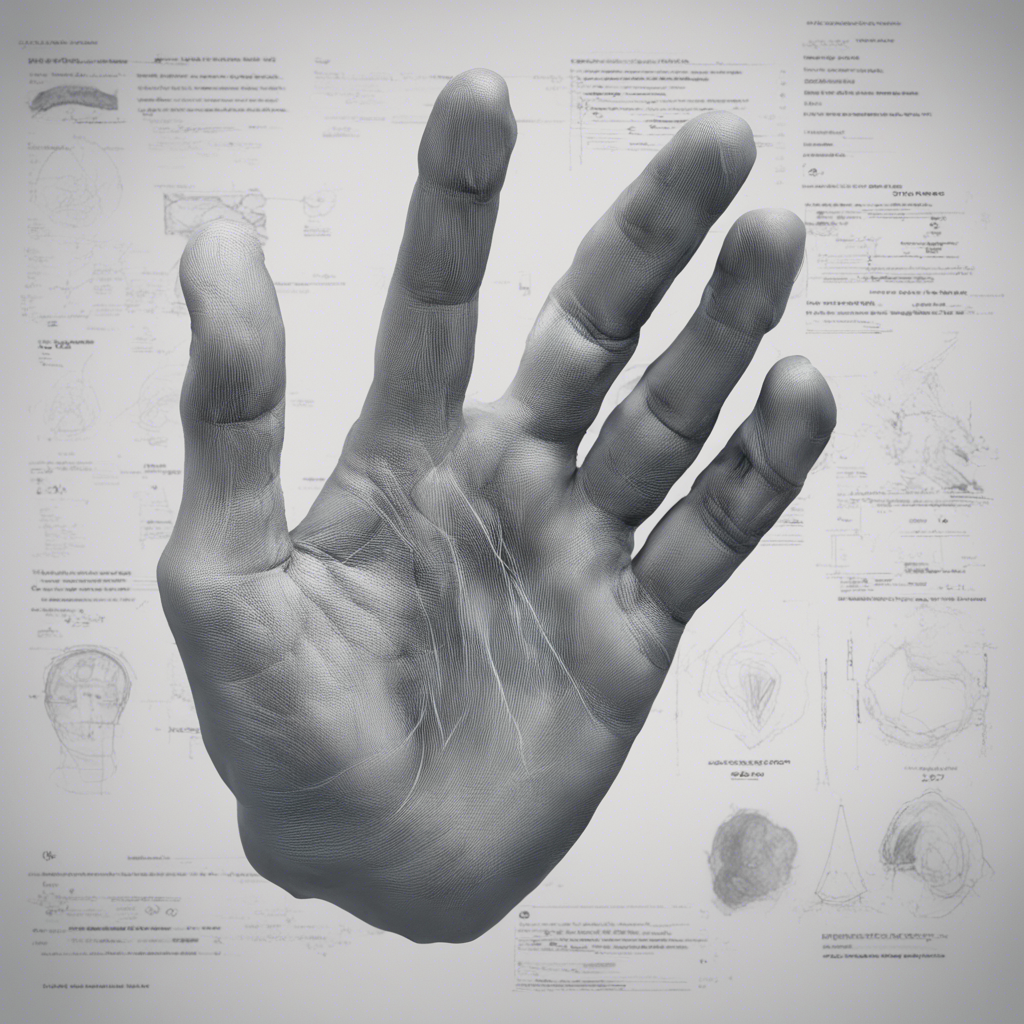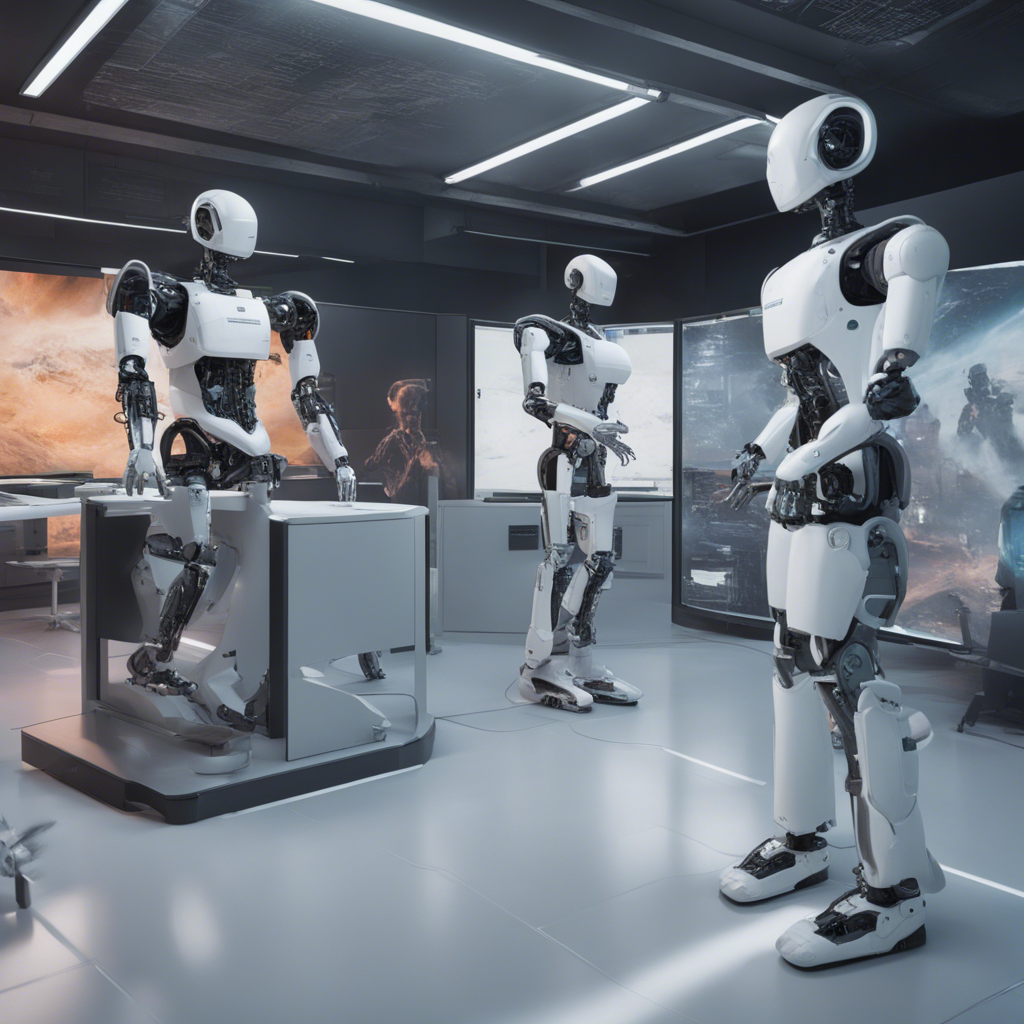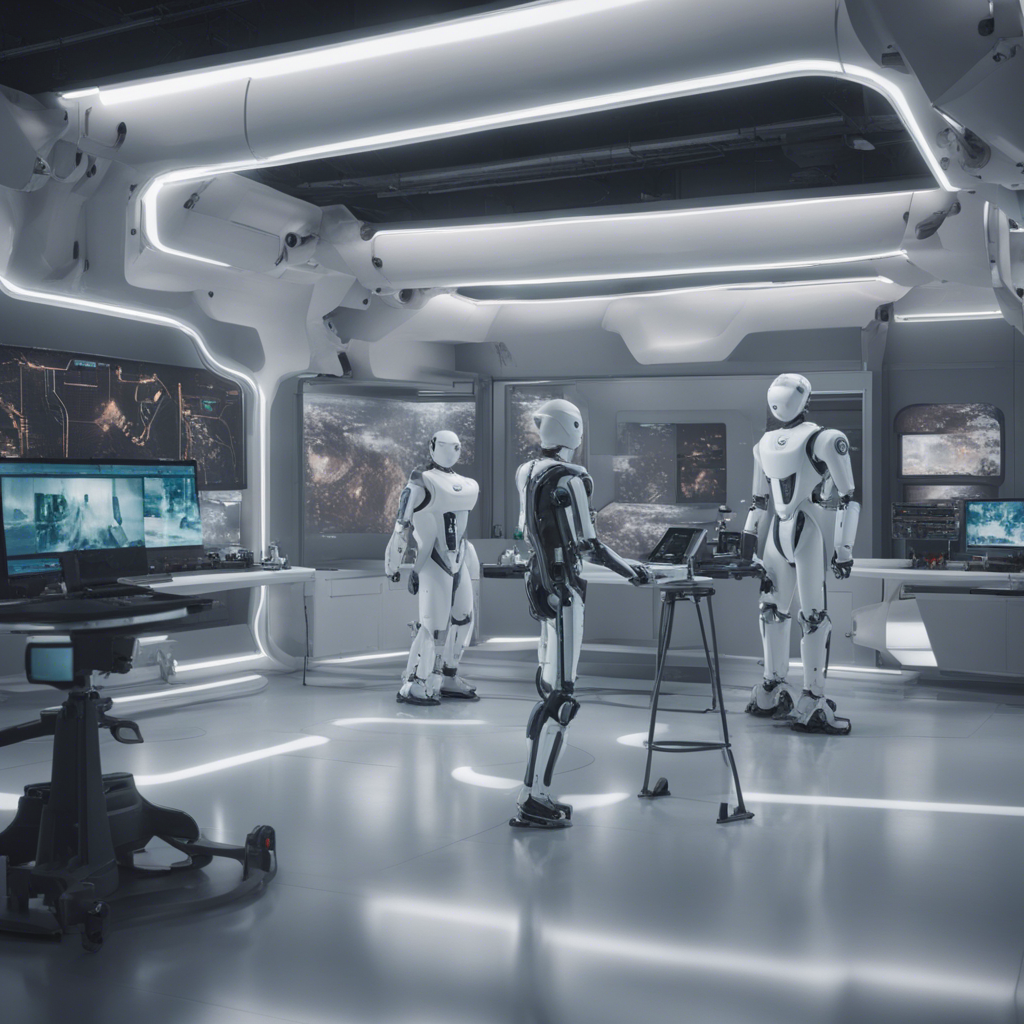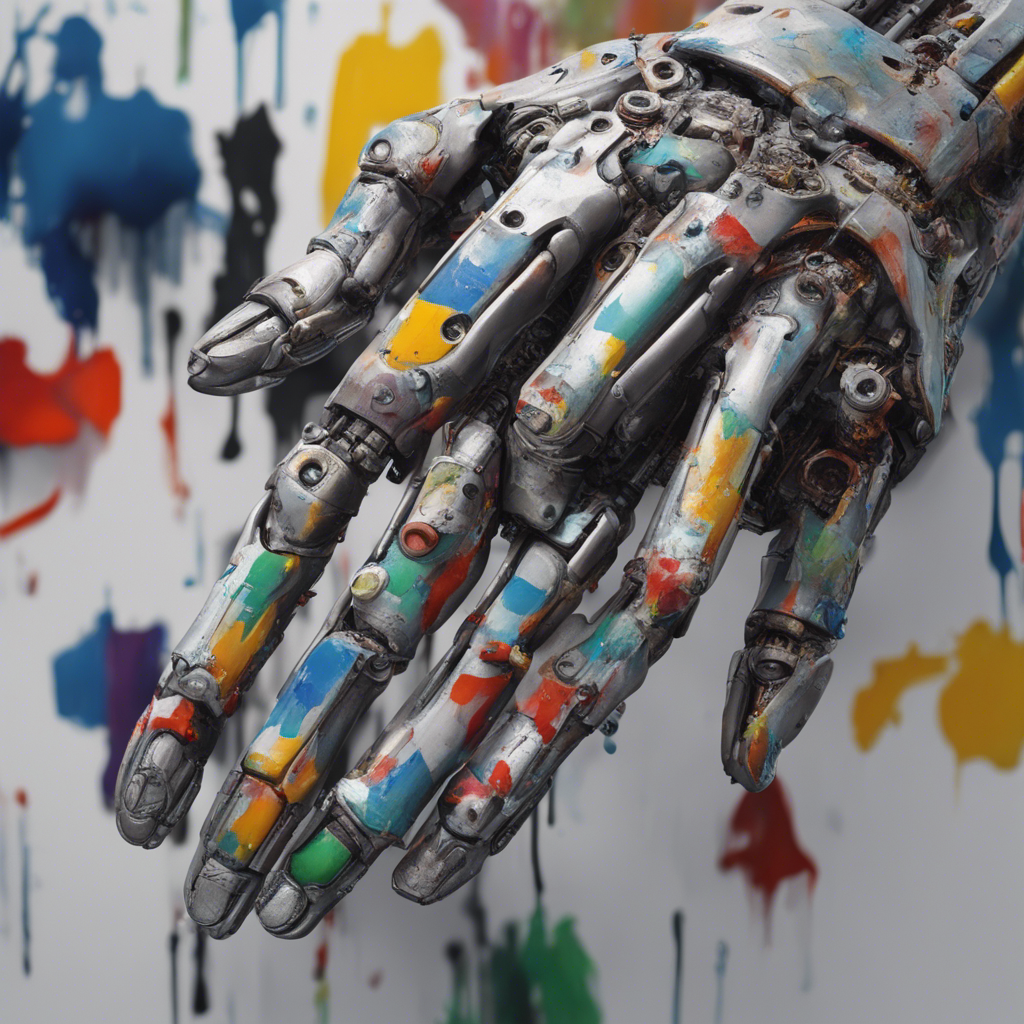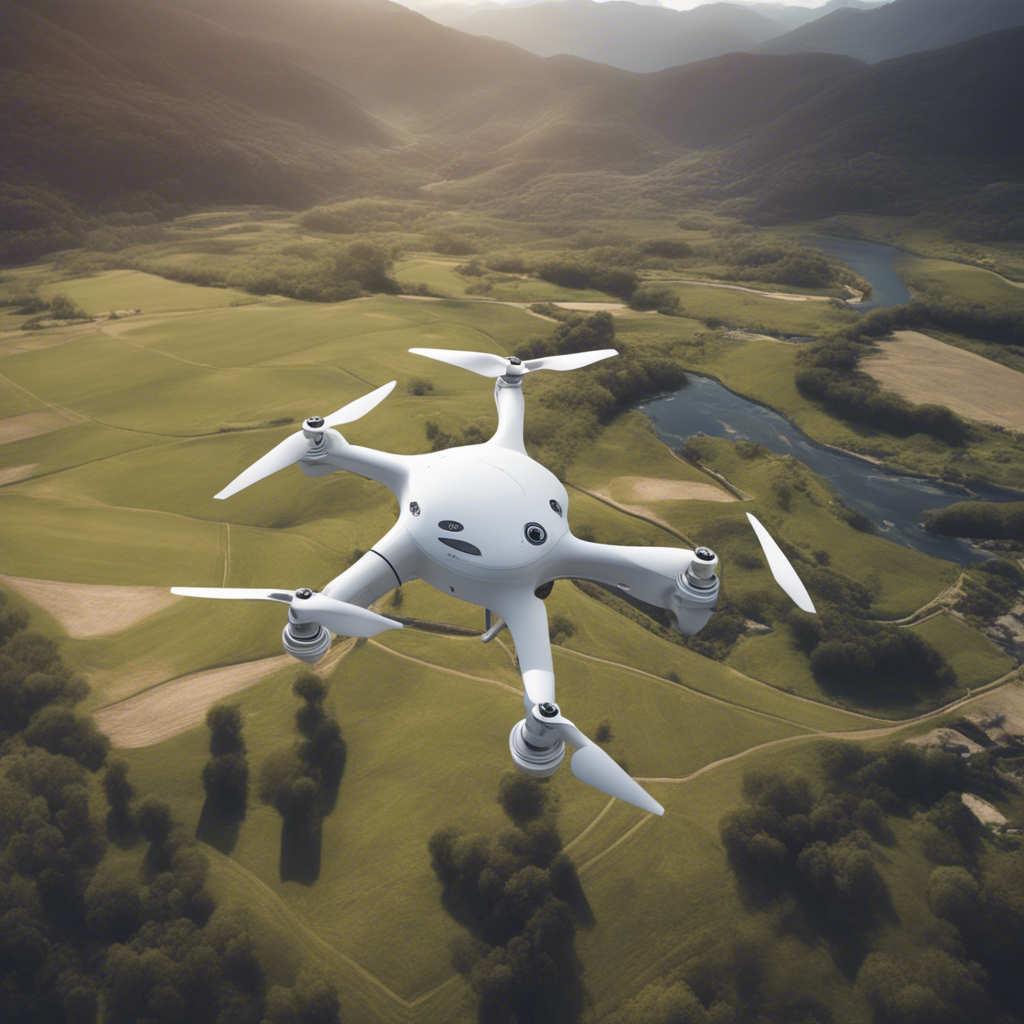
Exploring the World of AI-Powered Drones
Drones, also known as unmanned aerial vehicles (UAVs), have revolutionized various industries in recent years. With advancements in artificial intelligence (AI) and machine learning, drones have become more intelligent and capable of performing complex tasks. In this blog post, we will explore the world of AI-powered drones, their applications in different sectors, and the benefits they offer.
Introduction to AI-Powered Drones
AI-powered drones combine the capabilities of drones with the processing power of AI algorithms to perform tasks autonomously. These drones are equipped with various sensors, cameras, and AI technologies, enabling them to perceive the environment, make intelligent decisions, and execute actions accordingly. The AI algorithms process the data collected by drones in real-time, enabling them to adapt to changes in the surroundings and complete tasks with high precision.
Applications of AI-Powered Drones
1. Agriculture and Farming
AI-powered drones have revolutionized the agricultural sector by enabling farmers to monitor crops, assess plant health, and optimize irrigation and fertilization practices. Equipped with high-resolution cameras and AI-powered image recognition algorithms, these drones can capture detailed images of crops and analyze them to identify signs of disease, nutrient deficiencies, or stress. This information helps farmers take timely corrective actions, leading to increased crop yield and reduced resource wastage.
2. Construction and Infrastructure
In the construction industry, AI-powered drones provide valuable insights for surveying, mapping, and monitoring construction sites. These drones can capture high-definition aerial images and create 3D maps of construction areas. AI algorithms can analyze these maps to identify potential hazards, track progress, and ensure compliance with design specifications. By automating these tasks, AI-powered drones save time and cost while improving safety and efficiency.
3. Search and Rescue Operations
During search and rescue operations in disaster-stricken areas, AI-powered drones play a crucial role. Equipped with thermal imaging cameras and AI-based algorithms, these drones can detect human body heat signatures, even in challenging environments. This capability helps rescue teams locate survivors quickly and efficiently, potentially saving lives. AI algorithms can also analyze the collected data to identify patterns and guide rescue efforts more effectively.
4. Environmental Monitoring
AI-powered drones aid in environmental monitoring, enabling researchers to collect valuable data on ecosystems, wildlife, and natural resources. Drones equipped with AI algorithms can detect and track animal populations, monitor deforestation, and assess water quality. By automating data collection and analysis, these drones provide valuable insights into environmental changes and assist in conservation efforts.
5. Delivery and Logistics
AI-powered drones have the potential to revolutionize the delivery and logistics industry. With advanced obstacle avoidance algorithms and navigation systems, these drones can deliver packages efficiently and safely. Companies like Amazon and UPS have already started testing drone delivery services in select areas. AI algorithms optimize route planning, minimize energy consumption, and ensure timely deliveries, making this mode of transportation a viable and eco-friendly option for the future.
Benefits of AI-Powered Drones
The integration of AI with drones offers several advantages:
-
Increased Efficiency: AI-powered drones automate tasks that were previously time-consuming and labor-intensive, leading to increased efficiency and reduced human error.
-
Cost Savings: By automating various operations, AI-powered drones can significantly lower costs in industries such as agriculture, construction, and logistics.
-
Enhanced Safety: AI algorithms enable drones to identify potential hazards and navigate complex environments safely, reducing the risk to humans.
-
Improved Data Collection and Analysis: Drones equipped with AI-powered sensors and algorithms can collect large amounts of data and analyze it in real-time, providing valuable insights and actionable information.
Conclusion
The world of AI-powered drones is expanding rapidly, transforming the way industries operate and opening up new possibilities. From agriculture to construction, search and rescue operations to environmental monitoring, and even package delivery, these intelligent drones are making significant contributions. With ongoing advancements in AI and drone technologies, we can expect to see further innovations in the future. As industries continue to harness the power of AI and drones, the benefits in terms of efficiency, cost savings, and safety are poised to grow exponentially.
Remember to always adhere to local regulations and guidelines when operating drones, as safety and compliance should be a top priority for all drone users.
Note: This blog post is for informational purposes only and does not constitute legal or professional advice.
References:
- DroneDeploy. (2021). AI and Drones: The Perfect Match. Retrieved from: https://www.dronedeploy.com/resources/blog/ai-and-drones-the-perfect-match/
- Gagnon, S. (2019). How AI Is Transforming Drone Technology. Retrieved from: https://www.dronelife.com/2019/04/09/how-ai-is-transforming-drone-technology/
- Unmanned Systems Technology. (2021). How artificial intelligence is transforming drones. Retrieved from: https://www.unmannedsystemstechnology.com/2020/08/how-artificial-intelligence-is-transforming-drones/

